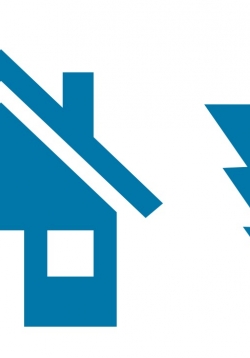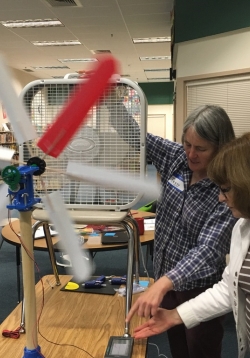Unit Plan: A Community Powered by Renewable Energy
In this three-part comprehensive place-based and project-based unit, students will learn and apply rebnewable energy content to devise action plans at an individual, family, and local level. Students will use primary and secondary research explore energy...
Part 1- Lesson 3: Home Energy Audit
During this lesson, students will focus on where energy is used within their homes, how energy consumption is calculated, and how energy consumption can be reduced. Students will conduct a home energy audit and determine multiple ways to reduce energy...
Part 2 - Lesson 2: Wind Energy
Students will learn about wind and how wind varies across geographies. Students will use Vernier Wind Turbine kits or homemade wind turbines to experiment with blade angles and wind speed. During experimentation, students will collect data as blade angles...



